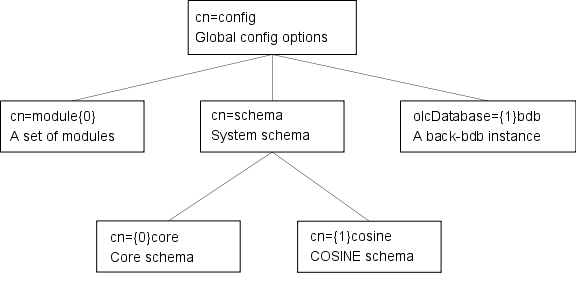I had the chance to read several curricula over the last few years and to be honest a very tiny percentage of that was something that I found enjoyable.
The thing is when you are reviewing CVs for a position you are facing a hard situation: there are something like 100-150 persons that want your attention and you already know that 70% of that will not be a good candidate (of course the odds might be better or worse depending on many factors, but as a rule of thumb that's what I found out).
So you allocate some time (usually a full day at least) to read those 150 CVs (you already know you will never make it), make a day 8 hours, that makes 3 minutes per each CV with no pauses and no interruptions. Of course the reality is that it takes 3 minutes maybe to read it, then another 5 to 7 at least to understand it, evaluate it, take some notes and decide what to do with it.
But anyway let's assume that a normal reviewer really has 3 minutes to dedicate to your CV (and cover letter).
What do you think it's the reaction when the guy sees 5 pages of CV? Three possible reactions: procrastination (you will go to the end of the queue), drop (you will never get read), evaluation (the guy is in a really good mood).
So first tip: make it 2 (two) pages. No reviewer has time to read your 5 pages CV.
Actually the first thing that a reviewer will read is your cover letter. That's even more important than the CV.
A good cover letter is something that tells the 3 essential thing about you to the guy who's about to read your CV. Is kind of a preparation to your CV. Think you are going on the stage in front of 1000 people. What do you want these 1000 people remember about you?
You think that "Hi, please find attached who I am" would work? Or "I am very interested in any position you might have to offer" works better?
Yeah I think you understood. You have to go there on the stage and be a freaking rock star (everybody knows there is only a limited amount of rock stars in the world).
Engage the reader, tell him really who you are and what great things you have done. Don't lie. Don't try to "I am sure you will agree with me when I say..." or quote Steve Jobs or give great names to tiny things. Be yourself, the real yourself. Tell them your story. That's what the guy wants to know: "Who the heck is this guy?"
So a cover letter should shortly say (e.g.):
"Hi there,
I found this rocket scientist position interesting because I love rockets. Rockets are all I ever wanted to do and there is nothing that will ever stop me from doing them.
I was graduated by the Rocket Science academy in Williwonkaland and since then I worked for 14 yrs in a garage building my own rocket. It flies, it went to the moon but never came back. But I did it all by myself.
You might think I am crazy but I am just a rocket scientist that wants to work with you."
Lately (and for the first time in my experience) I read a very nice cover letter. I don't remember the CV but I remember the guy because of the cover letter. This is what you want to happen.
Of course the cover letter has to be short and concise and exactly to the point. Use a big font and colors if you want as long as you say the right things in the right tone.
Of course if you are a musician and you applied to a rocket scientist position don't hold your hopes.
So second tip: Write a gorgeous cover letter. Short and to the point where you say why you like to work in this position and for this company.
Ok back to the CV.
What does the CV have to have?
Your name and contact details and where you are located (city, nobody cares about your address).
Who you are (even if you put it already in the cover letter). This has to be a one liner, something that should help the reviewer understand if she has to continue reading or stop there.
Example: "Rocket scientist with 14 yrs experience of building rockets in own garage"
Then write there where you got this experience. What you have done more than 10 years ago (unless is still your current job) does not matter. You have forgotten it, our brain does not have that much memory.
So third and last tip: write there your latest ( < 10 yrs) experiences
Per each position write your title, for what company (if you can disclose it), what was your assignment and 1 (one) important (really important) thing that you have done. Eventually links to proof of your work or portfolio. Order the positions you held in reverse order (from latest to oldest).
Example:
2005 - 2010 Cleaning manager at YMCA
- In charge of cleaning windows and floors. Once people were brushing looking their image on the floor so much it was clean. [Photos of the floor at Flickr]
2000 - 2005 Cleaning manager at ACME
- In charge of cleaning all the windows. Once cleaned 73 windows in one day.
Then your education (only the most important/s, nobody cares about your primary school).
Then if you really want (but not many read them) your interests.
That's it.
This is of course if you want to have a "standard" CV. If you want to do something else (a PPT, a flash animation, a movie, comics, ...) then you are already different and you will already catch the attention of the reviewer. So ignore the tips in that case.
